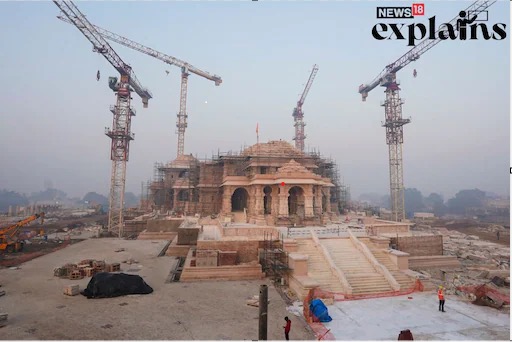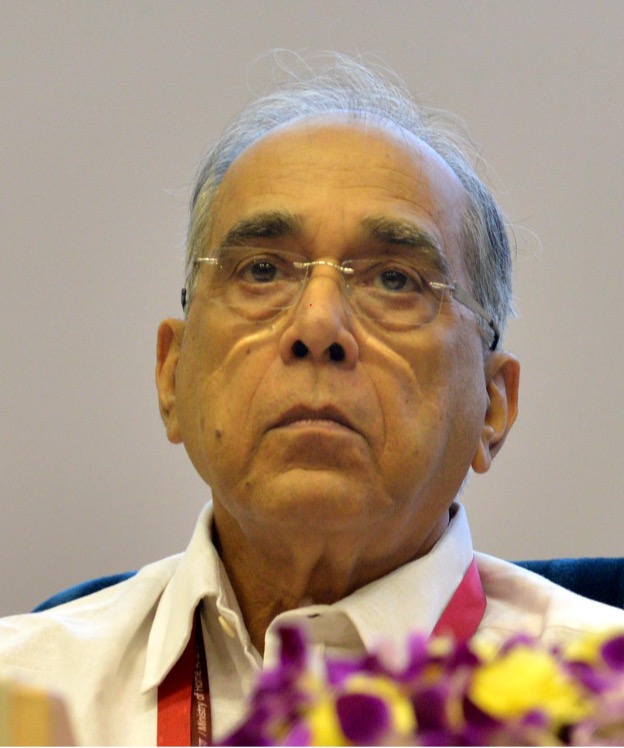The Ram Nagri Ayodhya is all set to Host the newly built Ram Temple. We expect a perfect blend of Culture and development which will not just boost the economy but can act as a catalyst towards the economic development of the Northern Region, especially Uttar Pradesh which was entitled as a part of BIMARU states and contributes almost meagerly towards the development of the country but in terms of population it has turned to be a point of contention which is quite large in terms of migration towards the western and southern part of country in search of livelihood and employment.

After the remarkable judgement by the Supreme Court in 2019 Ayodhya has succeeded in attracting investments from the state as well as the central government. Apart from the government private investments from various industries have taken charge of the infrastructural redevelopment of Ayodhya as a tourist and cultural center. In February 2020 the central government formed a ‘Ram Janam Bhoomi Trust’ which was aimed to handling the construction and maintenance of the Ram temple in Ayodhya which received a total of 3,500 crore from donations. The Construction of the Ram temple is currently the most expensive project which costs around 3500 crores after the Statue of Unity, which was built at an estimated cost of ₹2,989 crore and the construction of the new parliament with an estimated cost of around 836 crores.
The development of Ram temple in Ayodhya will not just change the fortune of ram nagri but almost the entire state. Recently on the 30th of December Prime Minister Shri Narendra Modi inaugurated the Ayodhya Airport, New Railway Station. The inauguration of a swanky new airport will prove to unlock the economic potential of Ayodhya’s economy and its activities. The Airport is Named after Maharshi Valmiki and Govt plans to elevate the potential of the airport at an international level which will be beneficial to the state as well. The passenger terminal at Ayodhya Airport is built to handle 150 arrivals and departures at once in preparation for a spike in tourism. The airport is positioned to surpass the norm, showcasing the cultural diversity of Ayodhya and reinventing modern airports to fully capture the essence of the city – turning it into a source of pride for the aviation sector. For the pilgrims and devotees moving through the halls of Ayodhya Airport, the trip is significant in both a physical and spiritual sense. Phase 1 of the airport has been developed at a cost of more than 1400 crore.

Amidst expecting a huge crowd, the FMCG companies are rooting up their plants to fulfil the surge in demand from the pilgrim hotspot as well as from the outermost regions too since it can become a large captive market. Many Famous food chains too are leveraging the captive demand concerning the demand of the public. Many companies are trying to open their outlet on the Lucknow-Ayodhya Highway which is expected to become a busy route after the inauguration of Ram Temple. While Some chains are opening vegetarian-only restaurants in Ayodhya to appease religious sensibilities; others, not wanting to stop serving non-vegetarian food to satisfy a wide range of domestic and foreign visitors, are opening restaurants on the city’s immediate outskirts to capitalise on traveller demand.
The hospitality sector consisting of renowned Indian Hotels Company plans to open hotels under the Vivanta and Ginger brands in Ayodhya, which will be the first branded lodging option in the city. These initiatives support the company’s goal of increasing its visibility in spiritual centers. Hotels in Ayodhya have filled up well in advance of the Ram Mandir opening, as pilgrims and visitors pour into the famous shrine. Giants in the hotel industry like Taj and Radisson also join the surge. 73 new hotels have been constructed to accommodate the growing demand. Due to strong demand, the hospitality sector has enormous growth potential, and the United Provinces are likewise anticipating an economic boom.

Apart from the hospitality and tourist sector, the banking sector also has an eye over the huge investments which are made in the present or the future. Many domestic banks are trying to approach the Ram Janambhoomi Trust to pitch their various accounts for the Ram temple. Last year around 32 crore people across the country visited Ayodhya which is estimated to double or triple in the upcoming years after the construction of the temple with the rise in floating population the government is trying to keep an eye on whether the current banking system in Ayodhya is ready to serve the population or not. Currently, PSU banks are leading the accounts of Ram temple and the Ayodhya district in which Bank of Baroda has the highest number of branches(35) across the district. Apart from this government estimates the Ram temple as the source of huge donations which will try to compete with the top 3 temples Balaji, Shirdi and Siddhivinayak temple.
Thus, Infrastructural development in conjunction with tourism growth has resulted in an abundance of work opportunities. In the industry of hospitality, The need for both skilled and unskilled personnel has increased in the transportation sector and other ancillary industries. Additionally, the property market has already experienced a boom that is advantageous to the locals. Because of this economic diversification, Ayodhya’s expansion will help more than only the religious and cultural sectors.
Written by – Abhishek Sinha
Edited by – Mrunmayee Patwardhan
